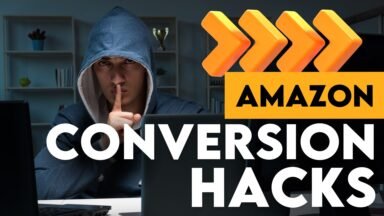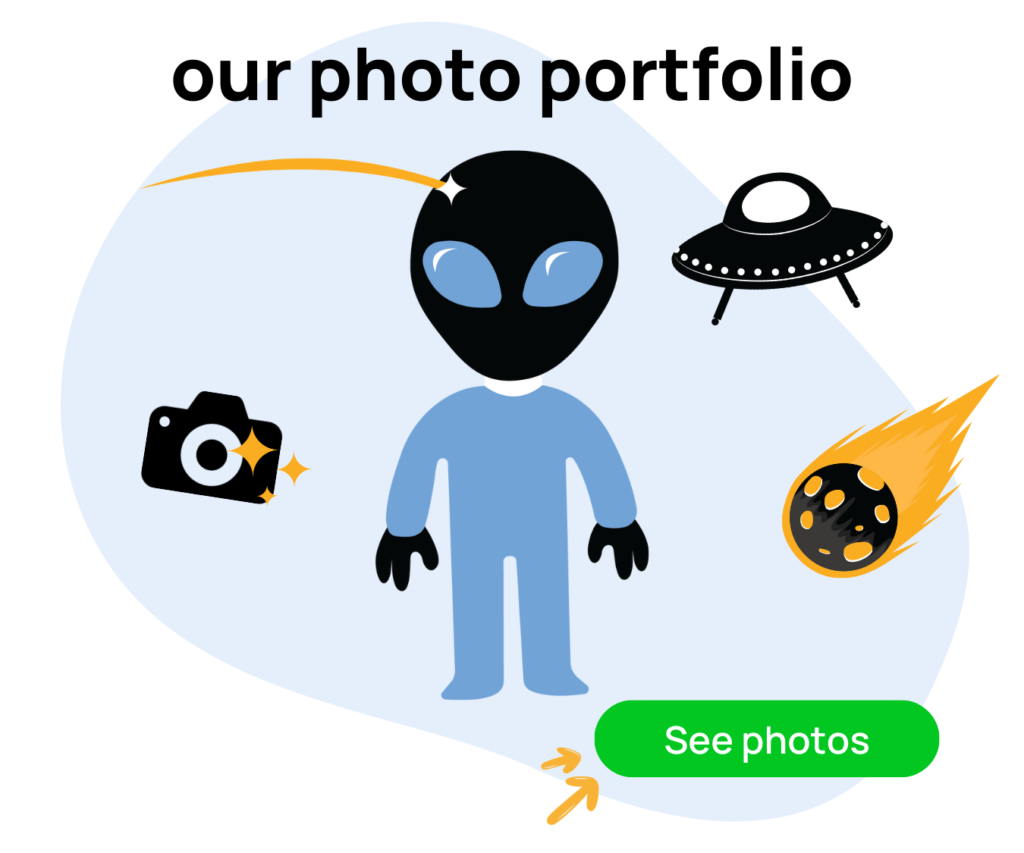There is an increasingly growing assessment that Amazon is currently too saturated to guarantee success to new sellers. These rumors suggest there’s little to no opportunity to make it on Amazon due to increased competition. So, is it really too late to sell on Amazon? And are these assessments an accurate analysis for all products and product categories? We answer this and more in this article! Let’s get into it.
If you’ve just landed on my blog for the first time, my name is Ian Smith, and I run an Amazon Marketing Agency called Evolve Media.
What We Do at Evolve Media
We help Amazon sellers optimize their Amazon listings with photos, videos, and copy to get their listings converting as high as possible through product photoshoots, video shoots, on and off Amazon marketing, Email Marketing, and Google Ad campaign management.
To book a free strategy and consulting call with us, visit emaamz.com.
If you’re a DIY Amazon seller and want to optimize your Amazon listing on your own, we’ve got a powerful Amazon listing checklist for you at zonchecklist.com. We broke down all of the different sections of an Amazon detail page and created different sales strategies for each area of a listing. You can check these items off as you and your team implement the different sales strategies.
Now, back to the blog.
Beginning Your Seller Journey
Before deep diving into the trending issue with Amazon, let’s break down the current scope of what it means to be a seller. Regardless of what product you’re trying to sell, you must have some form of visibility online that allows shoppers to see your catalog and make purchases. Even with local retail shops like Target and Walmart, having an online presence helps boosts awareness significantly.
Luckily, numerous platforms including all social media platforms, allow you to sell online. But not all of these platforms are well-optimized to manage your inventory and customers or handle the growth of your business. Your real options online are between Amazon and Shopify. And if the question is where the majority of shoppers are, then your answer is Amazon. Every seller, regardless of competition, must be on Amazon if they intend to grow their business beyond their immediate shores.
Why Every Seller Should Be on Amazon?
About two billion people visit Amazon daily. With the number of shoppers visiting the platform, it’s a no-brainer to have your product page and brand on Amazon to tap into these potential buyers. Granted, not all these visitors make a purchase daily. Amazon offers Prime membership to shoppers, providing extra convenience like free and fast shipping and excellent return policies to the shoppers.
Currently, with over 200 million Prime members, it’s natural for these shoppers to want to take advantage of the benefits of their Prime Membership. Shoppers who are Prime members will likely want to purchase your product on Amazon instead of your Shopify website, regardless of which online platform first introduced the product to them. As an agency, we see this whenever we run ads that drive traffic to a seller’s website. The result is an uptake in sales on their Amazon pages. What happens is shoppers get introduced to the product and instinctively go on Amazon to find the product and make a purchase there.
53% of all product searches in the U.S. also begin on Amazon, with search engines like Google and Bing following at 23%.
Not having a well-optimized product listing page on Amazon drastically reduces your chances of being found by your shoppers. And with Amazon product pages indexed in Google search, you are also well positioned to be found when shoppers use Google search.
How to Find Success on Amazon
So to answer these rumors, no, it’s never too late to begin your selling journey on Amazon. If you’re trying to sell a product physically or virtually, you need good exposure and visibility, and Amazon gives you that. Even in competitive and highly saturated product categories, you can make excellent progress with the proper measures. Sellers in this category must be innovative with their products.
To succeed, you need to establish a brand (a unique selling point) and offer good customer service to shoppers. You must also be better than all other options regarding product photos, videos, and sales copy. Avoid the usual boring videos and pictures, and be creative with all your content approaches. Have third-party social proof videos with different people talking about how good your product is, how it changed their life, and what results they got. And whether it’s out there on TikTok or paid ads, social proof builds trust and boost’s your brand’s credibility. These forms of videos are also viral-material and could drive good traction to your product pages when done right.
Naturally, people gravitate towards people. They follow trends, go where everyone is, and long to belong. Build your brand so everyone, especially your target audience, can gravitate towards it. High demand for your product creates a virtual line that draws everyone to your product.
Choosing Between Amazon or Shopify
While Shopify has advantages over Amazon, the latter edges it in several categories. Shoppers are not buying on Shopify due to slow shipping compared to Amazon. The former is, therefore, a secondary option to many shoppers online. Amazon also makes it so easy just to fulfill. With Shopify, you may go through different third-party logistics outside FBA. You may have your own fulfillment channel, which is also a lot slower and may cost you more as a business owner. So, ultimately it just makes too much sense on the seller’s and customer’s sides to buy through Amazon. Amazon is going nowhere; it may be highly saturated and very competitive. Still, as a seller, business owner, and entrepreneur, you need to get crafty in navigating that competition.
Summary
You need to make it easy for customers to find and buy from you on their preferred platform. If it’s easier for them to purchase from you on Amazon because they have more trust for Amazon, then that’s where they’re going to buy from you. And that’s where you need to be. Similarly, if they prefer to purchase from you on Shopify or your dedicated platform, then be there. Have a good presence on social media, but go in hard on where your audience is.
We hope you found value here. If you’re a new seller considering Amazon, reach out to us on a FREE consulting call, and we’ll help you set up. We also have a FREE Amazon Listing Checklist that should also help you optimize your product listings and boost your conversion rates all by yourself. Thanks for reading!





